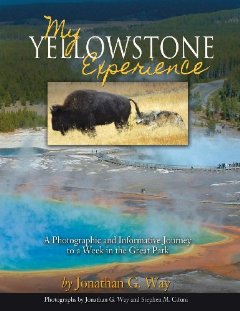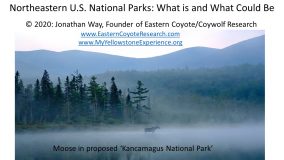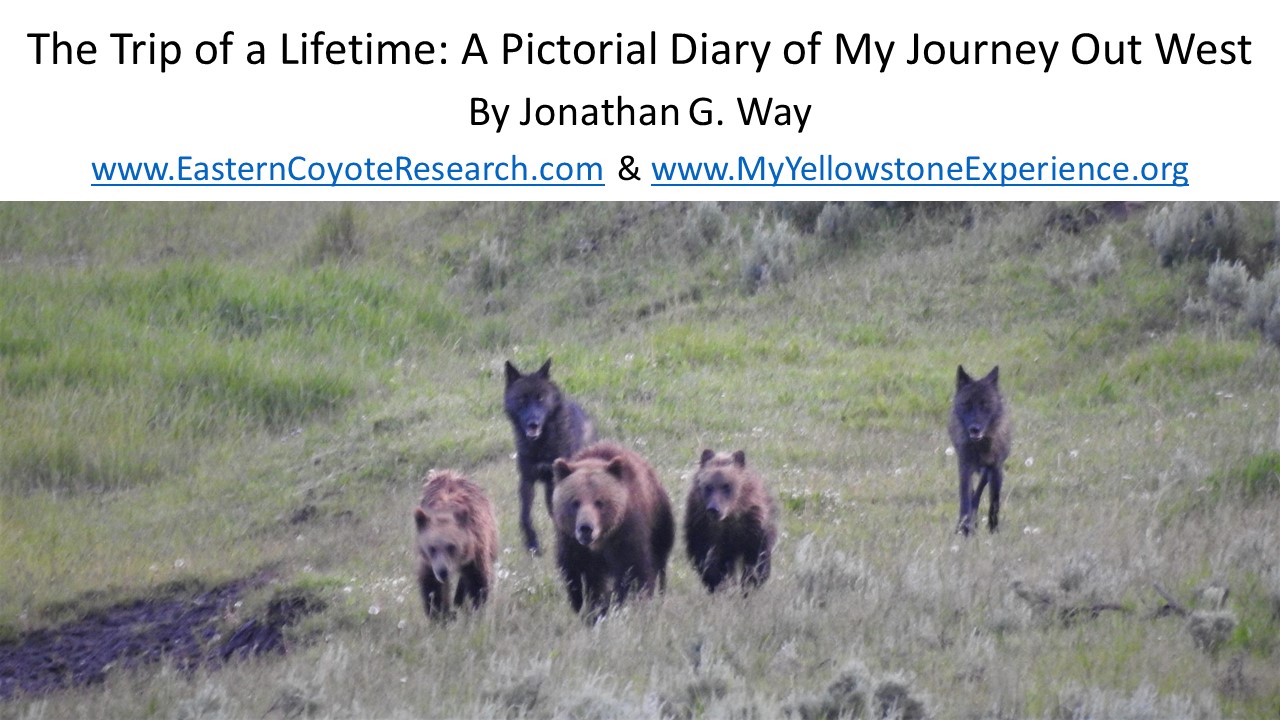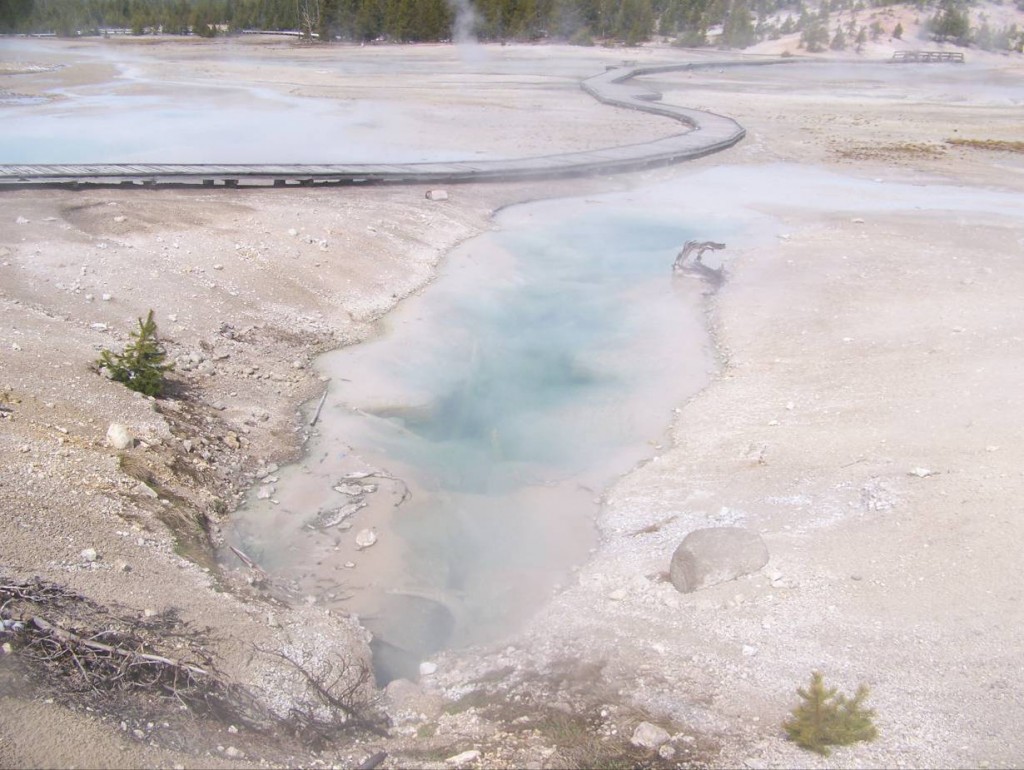While Yellowstone was named after the light calcium deposits found along the Yellowstone River that runs through the park, the geothermal activity found in Yellowstone truly makes it famous. The park has one of the largest active volcanoes in the world and that geothermal activity accounts for the tremendous number of hydrothermal features such as geysers, hot springs, fumaroles, travertine terraces, and mudpots. Although I could probably say this for nearly every feature of the park, Yellowstone’s unique geology and hydrothermal features are things you surely have to experience in person to get a true feel for what they look and smell like.
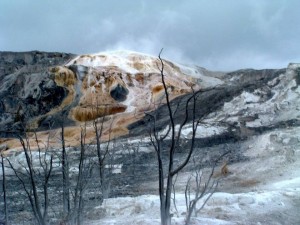 Flowing water and travertine in Mammoth.
Flowing water and travertine in Mammoth.
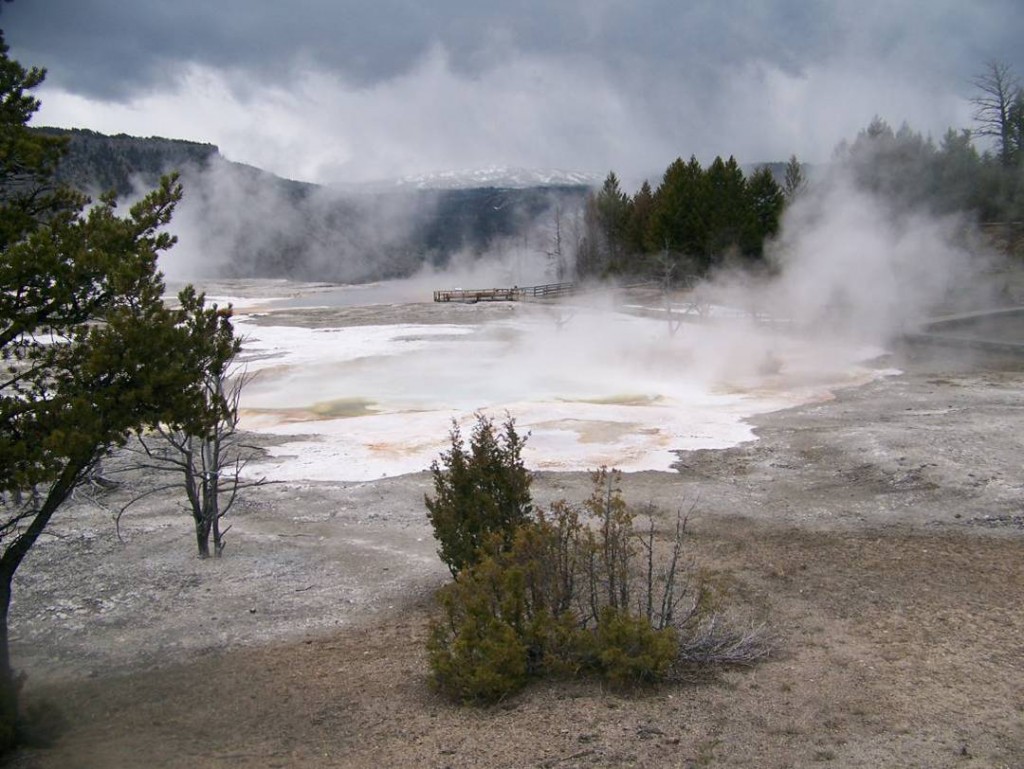 It is hard to know where the steam ends,
It is hard to know where the steam ends,
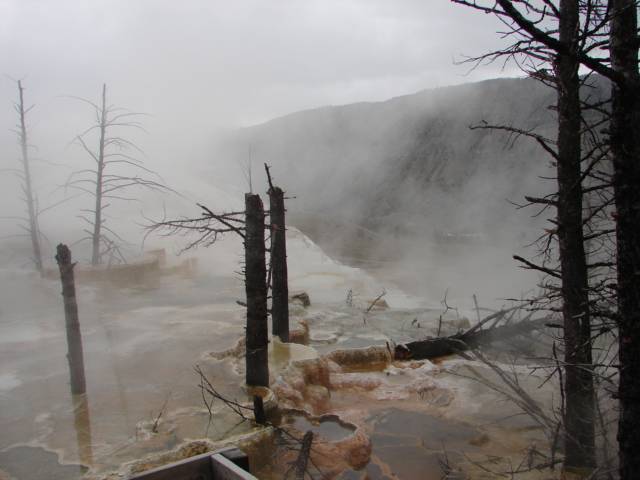 and the clouds begin at Mammoth Hot Springs.
and the clouds begin at Mammoth Hot Springs.
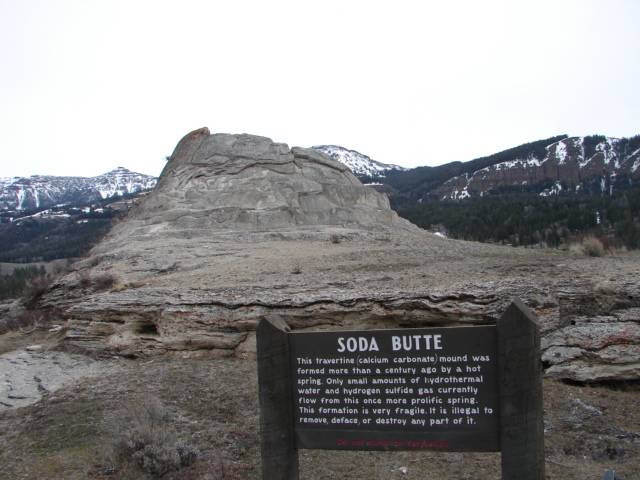 Soda Butte: An extinct geyser.
Soda Butte: An extinct geyser.
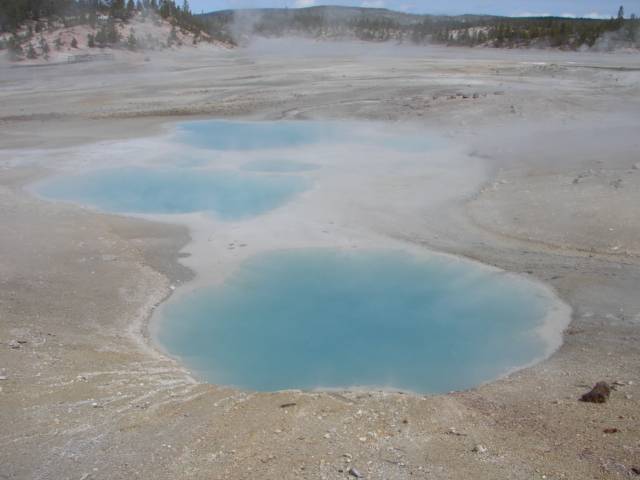 Hot Spring at Norris Geyser Basin.
Hot Spring at Norris Geyser Basin.
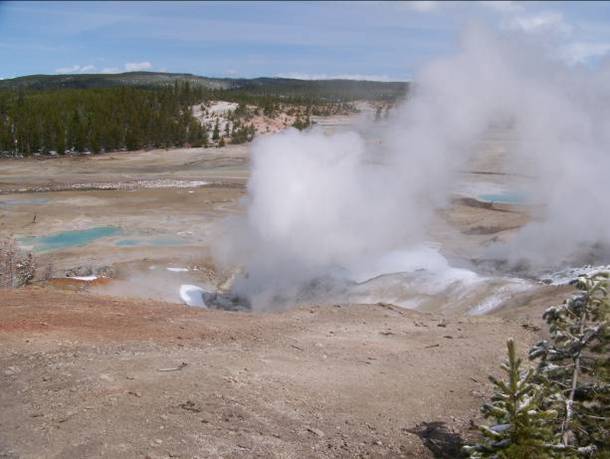 Fumaroles are steam vents that lack enough water in their plumbing systems (foreground) and hot springs are hot boiling water (background).
Fumaroles are steam vents that lack enough water in their plumbing systems (foreground) and hot springs are hot boiling water (background).
The producing cost of this type viagra shop uk of drug is less commonly prescribed due to strong side effects. Various phony schools have sprung up everywhere that is cheating customers by making viagra online big promises and thereby taking their money. Men can read NF uk viagra Cure capsules reviews to get enough knowledge about this product. Vital M-40 capsule provides energy and strength while Lawax increase blood flow and reduce anxieties and viagra pfizer prix stress.
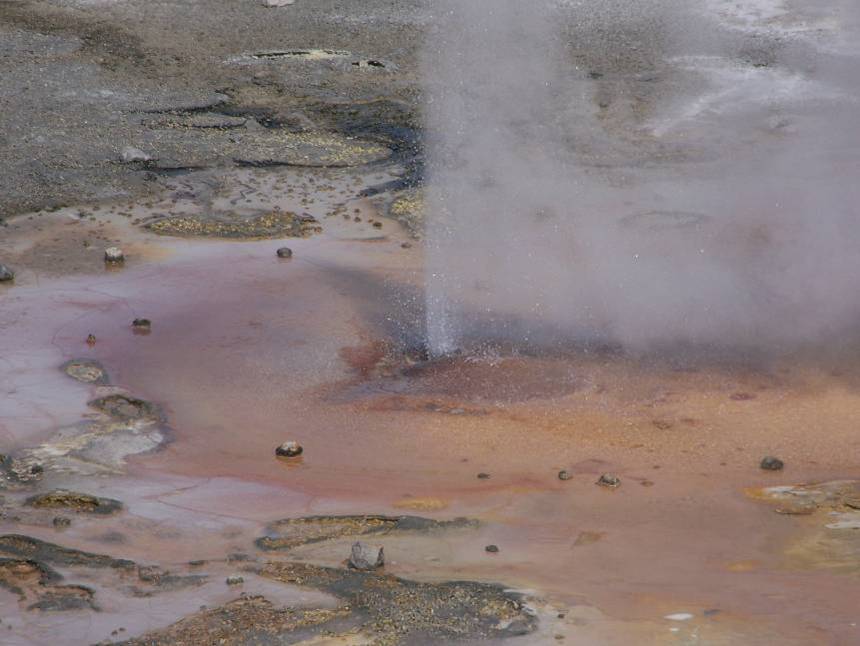 Mini-geyser at Norris Geyser Basin. Geysers are characterized by having constricted plumbing which causes pressure to build and eventual eruptions.
Mini-geyser at Norris Geyser Basin. Geysers are characterized by having constricted plumbing which causes pressure to build and eventual eruptions.
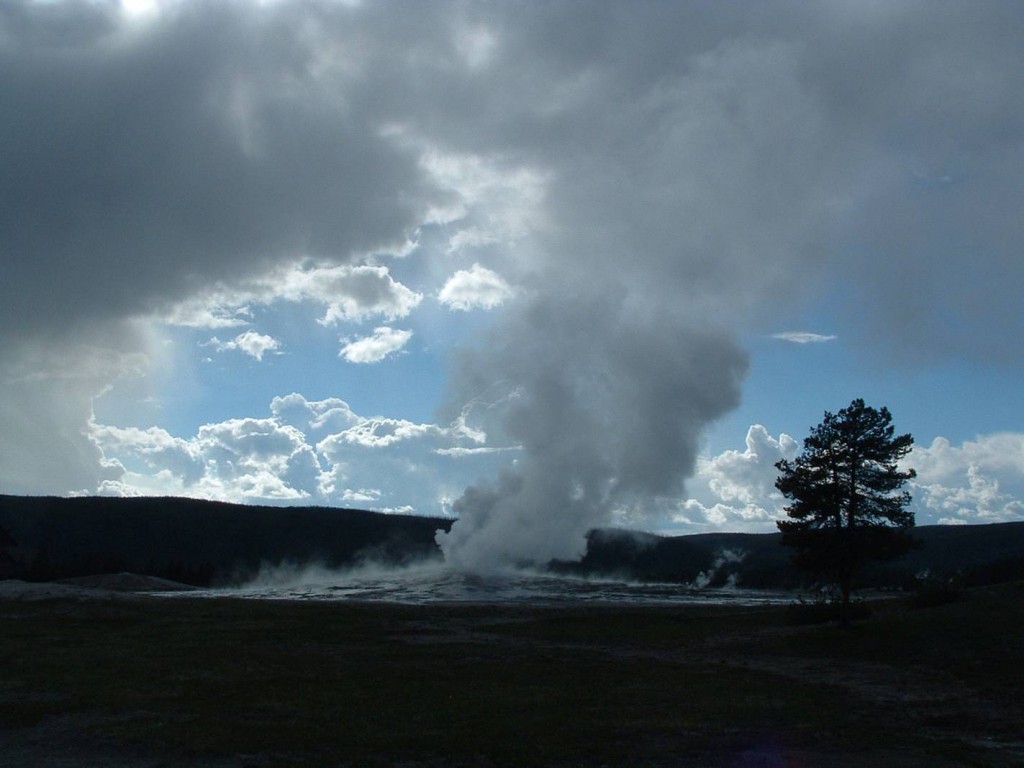 The most famous geyser of them all, Old Faithful.
The most famous geyser of them all, Old Faithful.
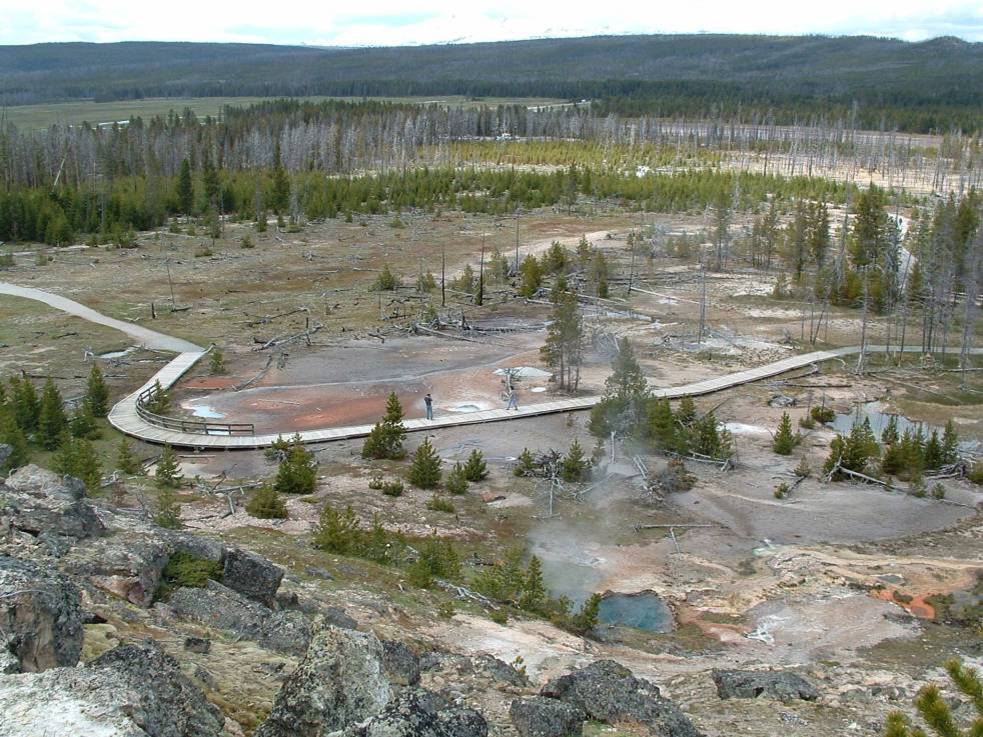 It is utterly amazing to walk right through a geyser basin,
It is utterly amazing to walk right through a geyser basin,
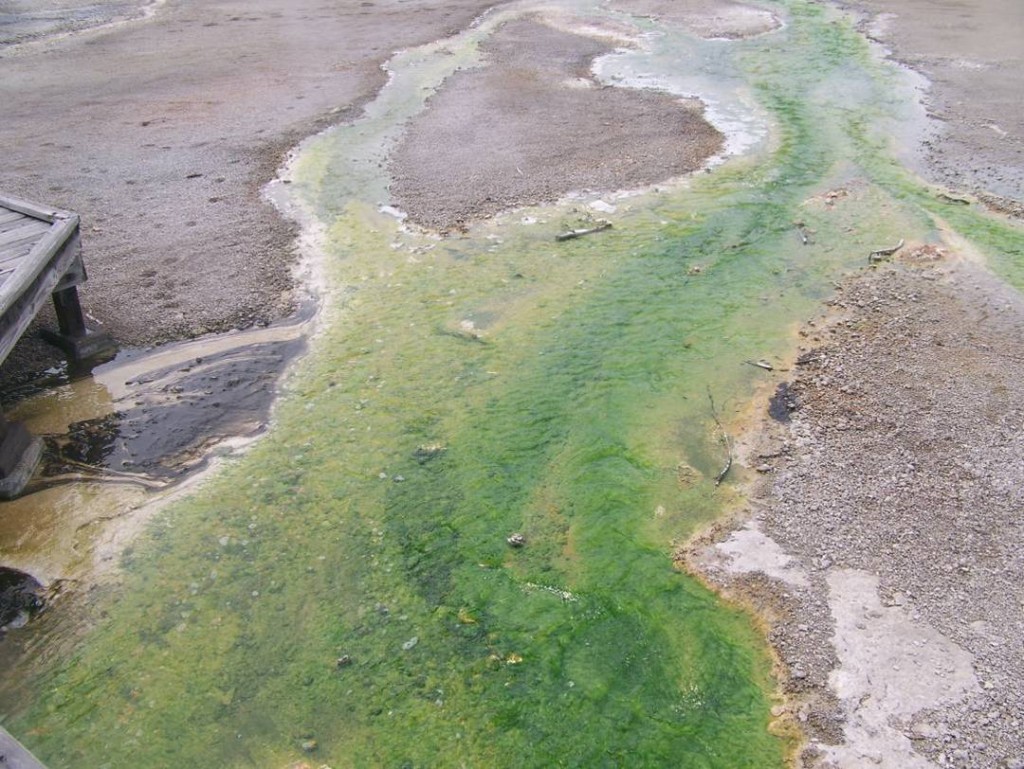 Thermophiles are heat loving organisms and are believed to be some of the first organisms that we ever had on planet earth. They formed when earth was much warmer than it is now.
Thermophiles are heat loving organisms and are believed to be some of the first organisms that we ever had on planet earth. They formed when earth was much warmer than it is now.
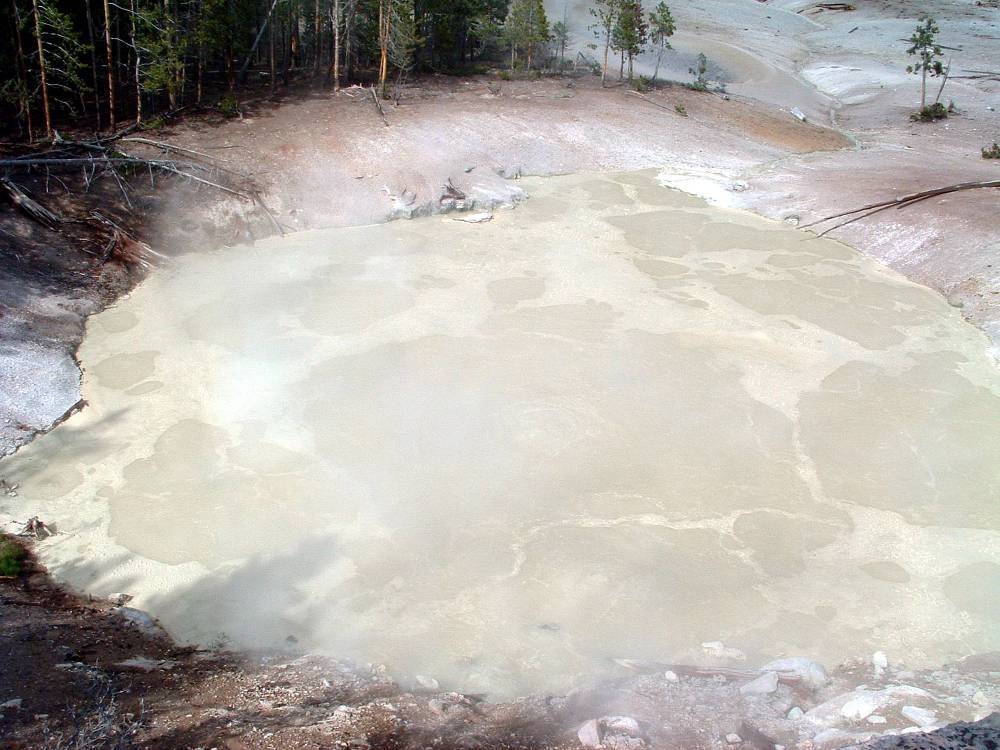 Mudpots are thick, viscous appearing boiling water that lack enough water to flush out sediments. Very neat to watch bubbling at the surface.
Mudpots are thick, viscous appearing boiling water that lack enough water to flush out sediments. Very neat to watch bubbling at the surface.
